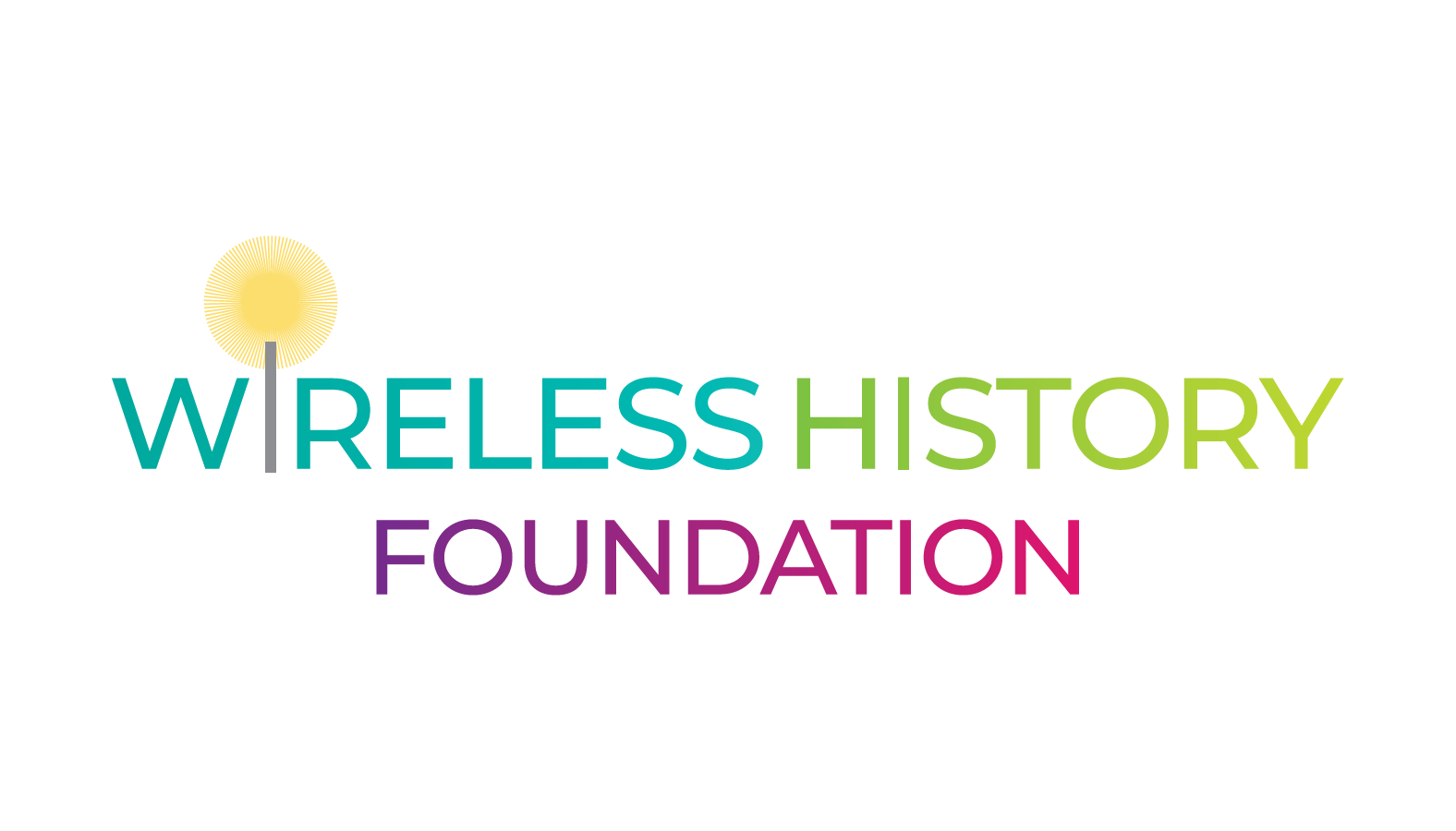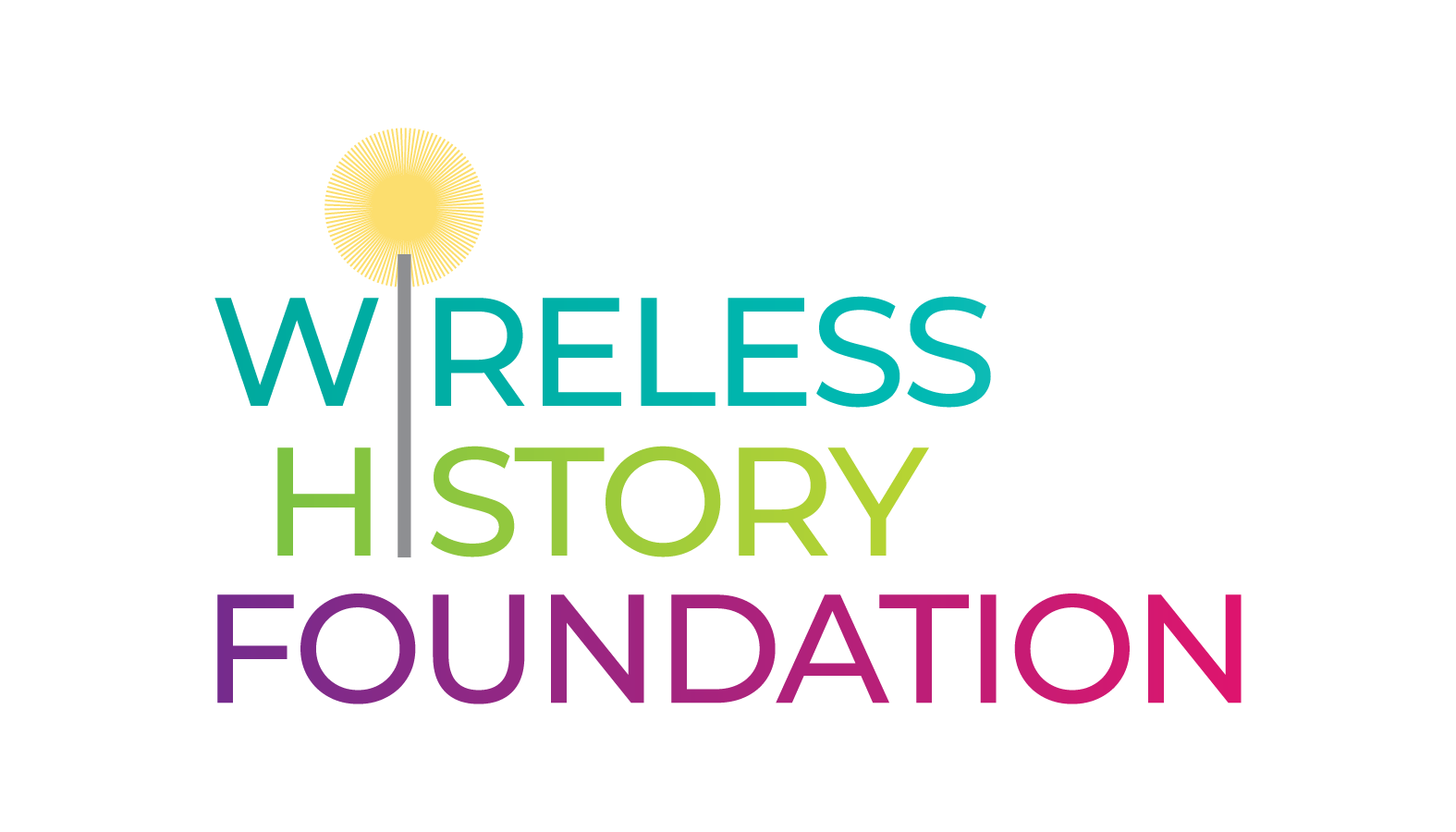Remember the days of watching the evening news with Walter Cronkite? Most of us can recall Cronkite’s devastating reaction to Kennedy’s assassination or his in depth reporting of the Vietnam war. News anchors at that time were known more for reporting and their news experience. Now it seems they are known more for their celebrity and their opinion. Today, can you even name all the major news anchors on TV? Remember the days of going outside your door to pick up the morning newspaper in your slippers? We got to meet our neighbors that way; figured out what the weather was like outside for ourselves. That small ritual of getting the morning paper is fading away too. Why? Wireless communication.
Wireless affects how we receive news even if we are still reading an actual newspaper each morning. If a big news story hits, people hear it first through Twitter, Facebook, or mobile news alerts on smart phones or tablets. If it’s really big news, we might have TV programming interrupted and then cable news starts up to the minute reporting. Next, articles appear on webpages and laptops and mobile apps. Then it hits the newspaper websites. Then blogs appear with discussions about the news. At the end of the day, you can listen to the evening news on TV, but you’ve probably already heard all about the breaking story. And finally, you get the newspaper the next morning rehashing everything you heard the night before. If the big news breaks overnight, the morning headlines won’t mention the breaking story until the next day.
The days of grabbing the morning newspaper outside our door or needing to watch our favorite news anchor tell us what happened around the world have changed. Many people do not subscribe to a daily newspaper but read their news on wireless devices. News and print media have had to adapt to wireless progress as our news reading habits change. Death of the newspaper? Hope not, at least not yet. But how will you get your news in the future? On a website? A mobile app alert? Please stay tuned…

